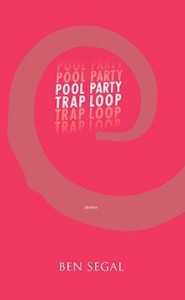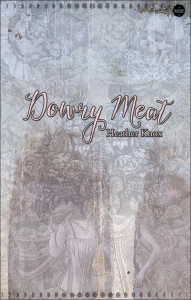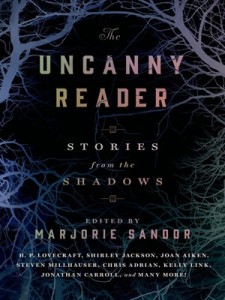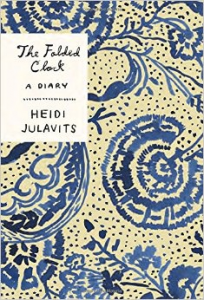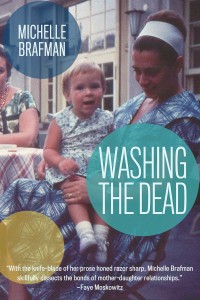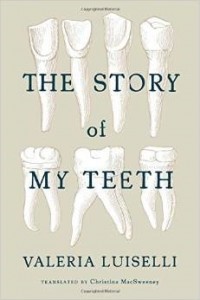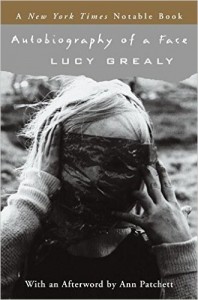
Harper Perennial
236 pages, $14.99
Review by Megan Culhane Galbraith
Just when I needed it, when I’d planned to write about Autobiography of a Face by Lucy Grealy, for “Books We Can’t Quit,” the book quits me. I couldn’t find my 1994 edition in my own bookshelves (had I loaned it to someone?), I went to the Saratoga Springs library and it was listed as “lost” in the catalog. I found one copy, a reprint, and the last one on the shelf at a local, independent bookstore. How, I wondered, could I have allowed one of the most important books in my life to vanish?
Was this a metaphor for what Grealy’s book has meant to me? Why has it haunted me since I first read it in 1994?
Autobiography of a Face is an excavation of Grealy’s soul. In it, she dissects the pain endured by multiple surgeries to her face as a result of a Ewing’s Sarcoma discovered when she was just nine years old. Skin grafts, bone grafts, tissue expanders, chemotherapy, and radiation, these are all physically painful, but it was the emotional agony that resonated with me: her throbbing, metaphysical pain. Continue reading
![[PANK]](https://pankmagazine.com/wp-content/themes/pank/assets/images/pank-logo-large.png)

